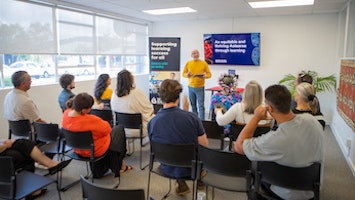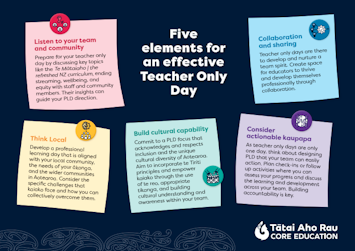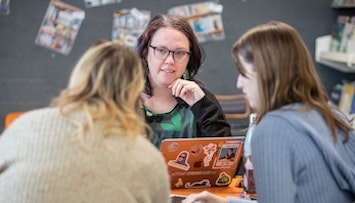Is your school using Universal Design for Learning - then Te Matāiaho will sound familiar to you!
Is your school using UDL - then Te Mātaiaho will sound familiar to you!
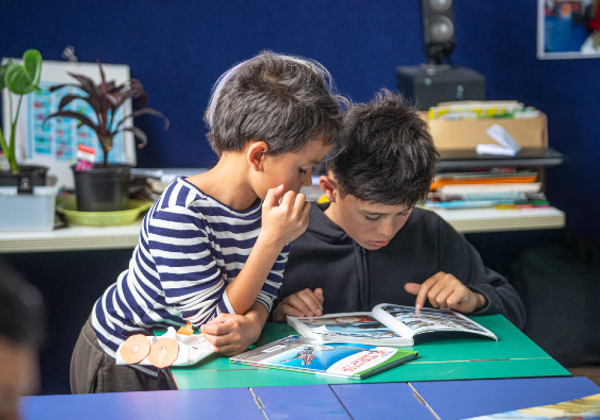
It is an exciting time to be a teacher in Aotearoa NZ! We worked hard to adapt to the many demands of the COVID period and stretched our skills to the max, now Te Mātaiaho | The refreshed NZ curriculum is being introduced into many settings. The Ministry of Education, through Te Mātaiaho, is asking us to think, design and plan in a new way. Schools that already use Universal Design for Learning (UDL) may find embracing the curriculum a logical next step as there are many similarities in values and strengths of each framework. Through this article I will unpack both Te Mātaiaho and UDL and shed light on how you can build on current practices within your school to smoothly transition and develop a more equitable classroom culture.
Educators are being given the chance to lead by changing how education looks and feels in Aotearoa New Zealand so we can produce an equitable, open, future focused generation of learners and leaders.
What are some clear links between the two?
If we start with the Essential Pedagogies table in the March 2023 draft, the first statement makes a clear link to UDL: “Ākonga learn best when teachers inquire into their progress and respond by adapting teaching practice.” - Page 21/Slide 18 Te Mātaiaho. Teachers are to be learners who are working on their teaching practice for their students. If we acknowledge teachers as learners – understand that they are constantly learning about their students and what they need – then we can see that engaging with the new curriculum refresh is about building communities of learners that include the students, the teachers, the whānau and iwi and the wider community.
UDL’s stated aim is “to change the design of the environment rather than to change the learner”. This puts the teacher in the role of designer and facilitator rather than someone delivering a check list of curriculum coverage. UDL provides a framework for providing for all those learners as we get to know them, to encourage adapting and changing the way we present information and ideas, and expand the ways we enable learners to show us what they have learned.
The five essential pedagogies on Te Mātaiaho can all be implemented using UDL as can be seen in the table below.
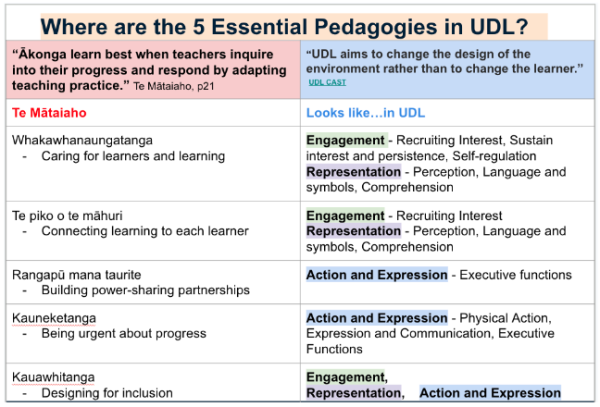
Embracing the Te Mātaiaho curriculum is the next step schools will need to take as the refreshed learning areas are completed and released. For those schools already utilising Universal Design for Learning, in the creation of accessible and challenging spaces, and learner centric environments, they will know that UDL has a place in all aspects of learning, assessment, and goal setting. The refreshed curriculum now enables us to apply an equitable lens to our planning and design. Te Mātaiaho encourages teachers to further consider how inclusivity and responsiveness occur in their teaching. The result will be an equitable and inclusive approach to learning and teaching that is unique to Aotearoa New Zealand.
Somewhere to start….
I know there are many months of exploring the refreshed curriculum ahead for all of us. Each school, and each teacher, will find their own path through. I have begun my own process of making connections. This model demonstrates some of the main intersections I have found:
The following table is the background thinking for the UDL/Te Mātaiaho intersection model. It identifies and expands on some of the links that can be found in the philosophy and wording of both Te Mātaiaho and UDL and defines a key word for the central focus of each component.
What connections can you find between the two? Could you and your colleagues find time to explore Te Mātaiaho and the UDL framework to discover the statements you think echo each other? What are you already doing that is reflected in the refreshed NZ curriculum or UDL?
As with any change, finding our way through the requirements, and how we can help carry out the ideals of the refreshed curriculum is the first step. Knowing that Te Mātaiaho shares a lot of the philosophy of a valuable design tool like UDL could make the new curriculum seem more familiar.
Tātai Aho Rau Core Education has many great resources online and can offer the support of experienced facilitators to help support teachers and education leaders to have the conversations and find the resources they need to find their way through the new educational landscape.
